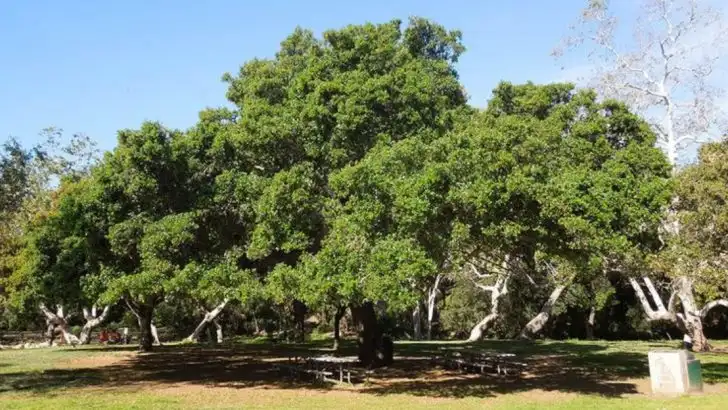If your yard feels like a frying pan by noon, it’s time for a serious upgrade. Southern California sun doesn’t mess around—and neither should your trees. You need shade that actually lasts through endless heat waves, stubborn droughts, and all the drama Mother Nature throws your way. No more watching your precious saplings shrivel into crispy twigs. No more wasting time (and water) on trees that just can’t hang. The good news? There’s a whole lineup of tough, beautiful trees ready to throw down roots and throw up shade—without needing a personal rain cloud to survive. These 16 champions don’t just survive in Southern California. They thrive, they cool, and they look downright incredible while doing it. Let’s find the perfect one for your backyard sanctuary.
Coast Live Oak
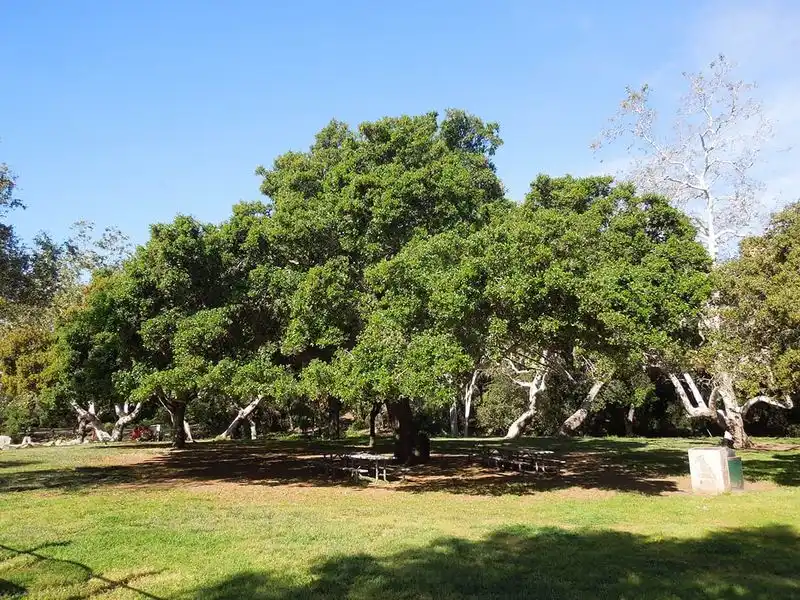
The Coast Live Oak is a majestic staple of Southern California’s natural landscape. Its sprawling branches form a dense canopy, providing ample shade. Known for its resilience, this oak adapts well to the region’s dry summers.
The oak’s evergreen leaves are leathery, with a glossy finish that reflects the sun beautifully. It thrives in various soil conditions, making it a versatile choice for gardens.
Fun fact: The Coast Live Oak can live for hundreds of years, offering a touch of permanence to your outdoor spaces.
California Sycamore
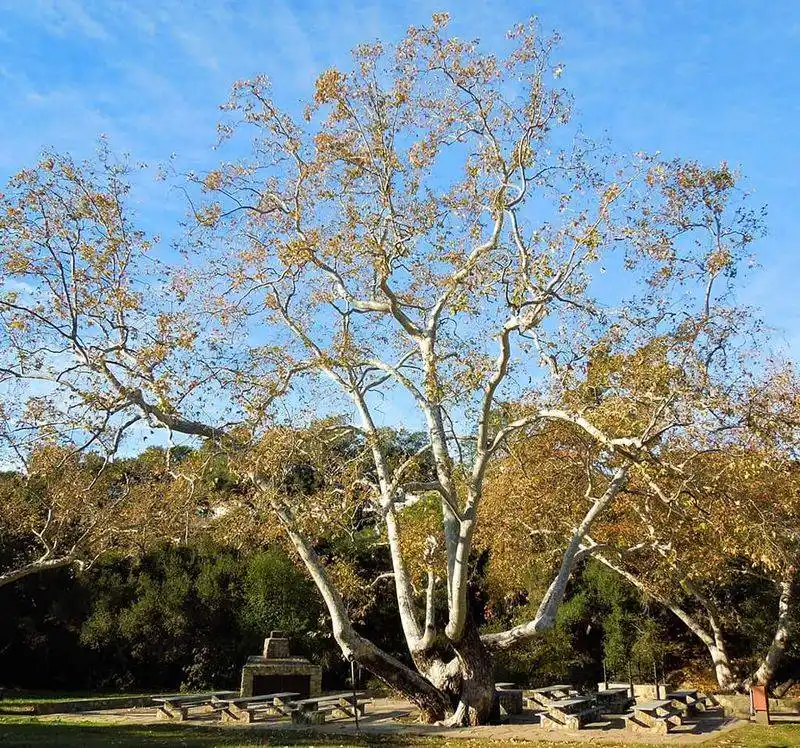
The towering California Sycamore is a sight to behold with its mottled bark that peels away to reveal patches of creamy white. Its broad canopy is perfect for providing shade on a sunny day.
This tree is particularly suited for parks and large landscapes, thanks to its extensive root system.
Its resilience to dry conditions makes it an excellent choice for urban settings, where it also offers a habitat for local wildlife. Did you know? The California Sycamore can grow up to 100 feet tall!
Western Redbud
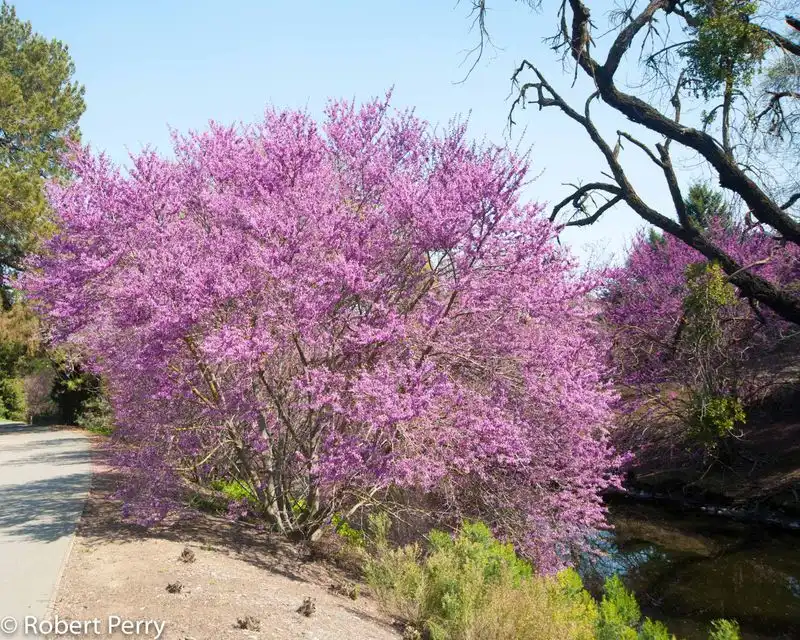
The Western Redbud bursts into vibrant pink blossoms each spring, offering a colorful spectacle amidst Southern California’s dry landscape. Its heart-shaped leaves add a touch of charm.
While it provides moderate shade, its beauty lies in the seasonal transformation, making it a garden favorite.
This tree is drought-resistant, adapting well to the regional climate. A quirky fact: Native Americans used its bark for basket weaving.
Olive Tree
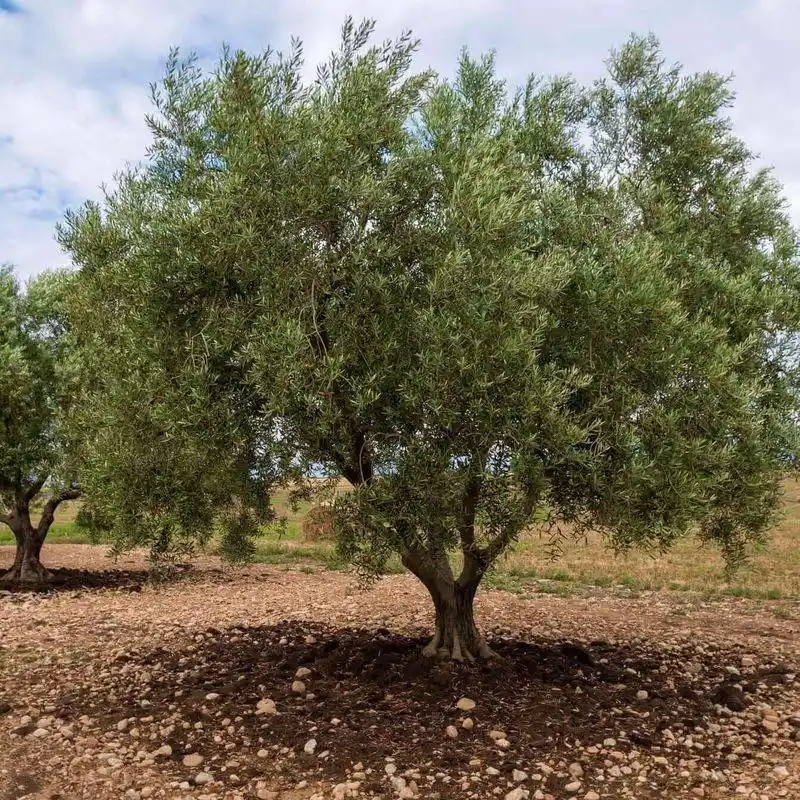
With its gnarled trunk and silvery leaves, the Olive Tree exudes a timeless Mediterranean charm, perfectly suited for Southern California. This tree is not only cherished for its olives but also for its ability to provide shade.
Its drought tolerance makes it a sustainable choice for water-conscious gardeners.
Whether planted as a focal point or in groves, it adds elegance and practicality. Fun historical tidbit: Olive trees have been cultivated for thousands of years, symbolizing peace and prosperity.
California Pepper Tree
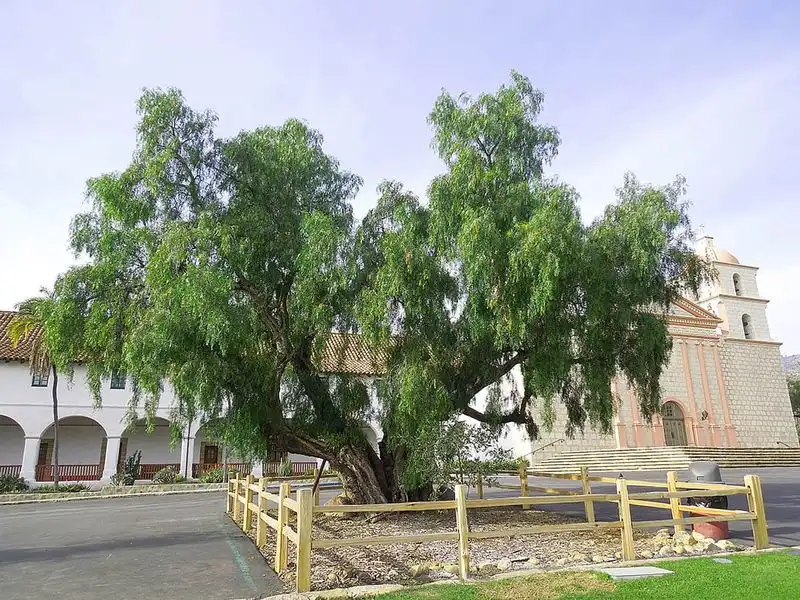
The California Pepper Tree, with its feathery foliage and hanging clusters of small red berries, brings a touch of the exotic to any landscape. Its wide canopy offers generous shade.
Known for its hardiness, this tree thrives in the arid conditions of Southern California, requiring minimal water once established.
Its aromatic leaves and berries add an extra sensory dimension to your garden. Did you know? Despite its name, it’s not related to the pepper plant!
Chitalpa Tree
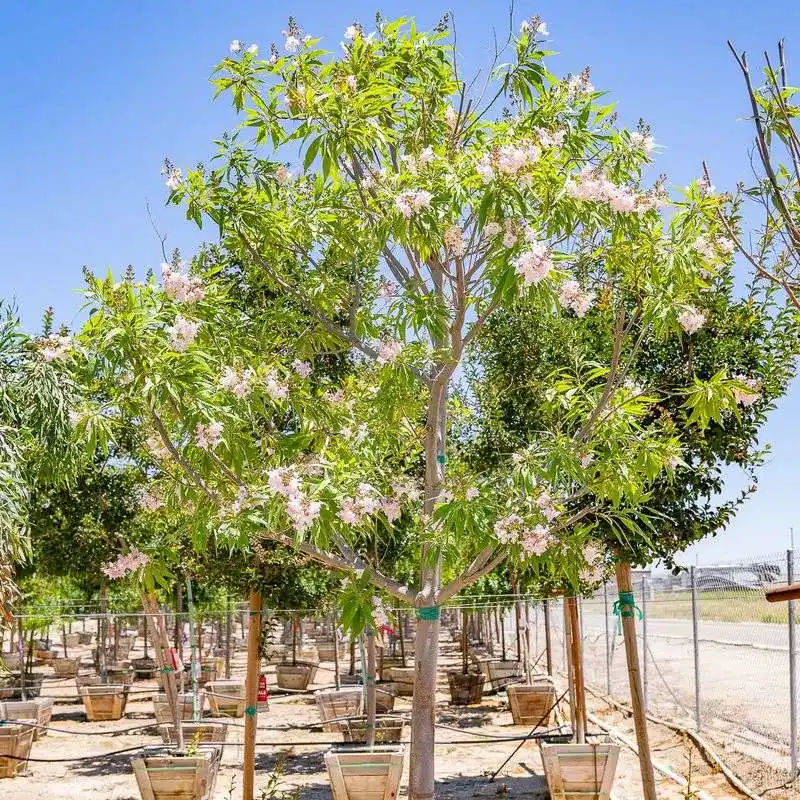
The Chitalpa Tree is a hybrid known for its trumpet-shaped pink flowers that bloom profusely in the summer. Its attractive foliage offers moderate shade.
Adapted to dry climates, it’s perfect for gardens aiming for a splash of color without the water demand.
The Chitalpa’s manageable size makes it suitable for residential areas, providing beauty and utility. An interesting hybrid fact: It’s a cross between the Catalpa and Desert Willow trees, combining the best traits of both.
Desert Willow
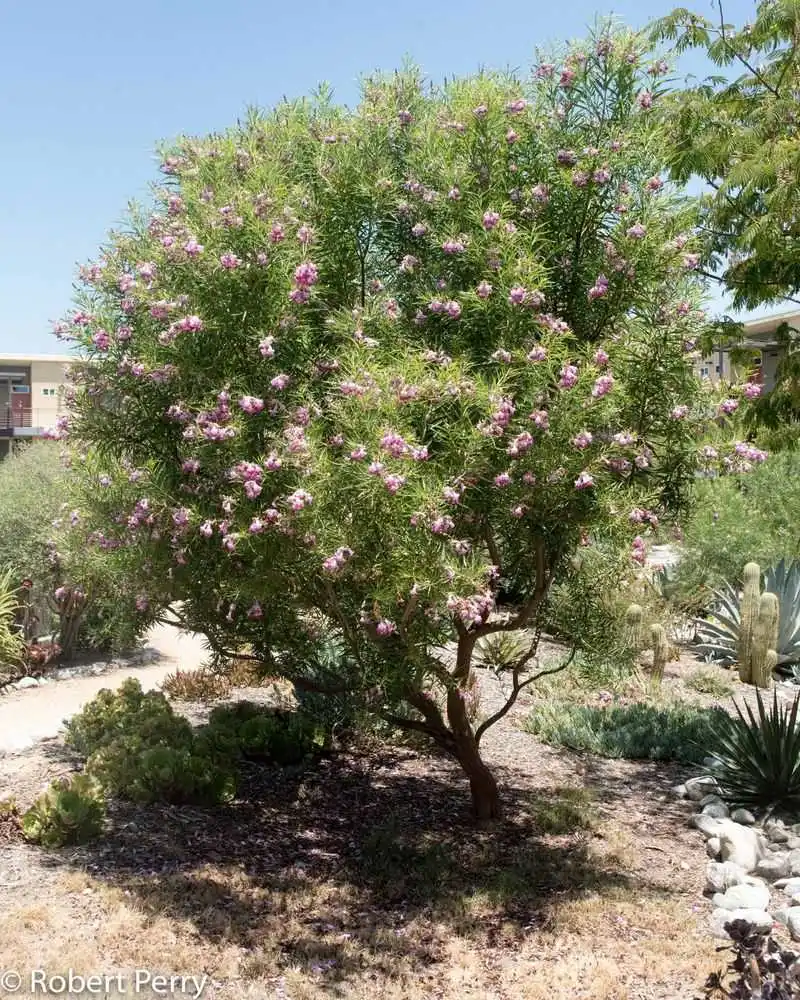
Despite its name, the Desert Willow isn’t a true willow. It boasts delicate, trumpet-shaped flowers that add a splash of pink to arid landscapes.
Its narrow leaves and slender branches provide filtered shade, ideal for patios or small gardens.
This tree’s drought resistance is remarkable, thriving in hot, dry conditions typical of Southern California. Fun fact: Its flowers attract hummingbirds, adding life to your garden.
Acacia Tree
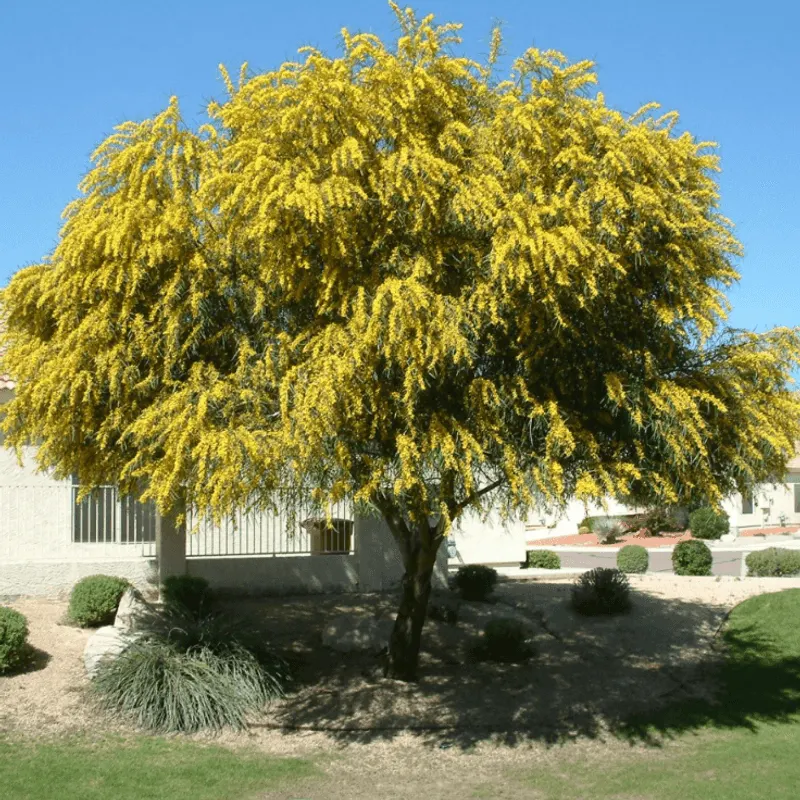
The Acacia Tree, with its feathery leaves and bright yellow flowers, brings a touch of sunshine to dry landscapes. Its sprawling branches create ample shade.
Known for its rapid growth, it’s a popular choice for quick landscaping solutions.
This tree’s ability to thrive in poor soil makes it a resilient choice for Southern California’s challenging climate. Did you know? Acacias have been used medicinally and symbolically for centuries.
Palo Verde
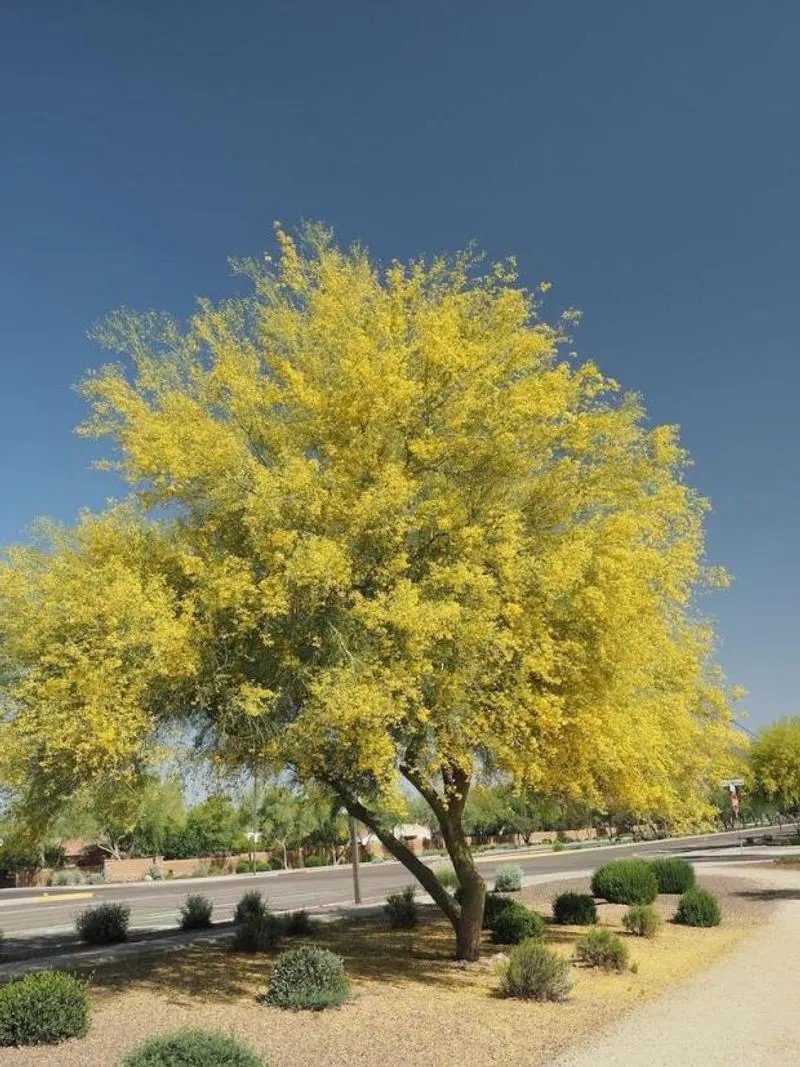
The Palo Verde, named for its striking green bark, is a desert gem. In spring, it bursts into vibrant yellow blooms that contrast beautifully with its foliage.
Its unique photosynthetic bark allows it to thrive in intense sunlight, providing sparse yet effective shade.
This drought-tolerant tree is an excellent choice for xeriscaping. Fun fact: Its name means “green stick” in Spanish, a nod to its unusual bark.
Crape Myrtle
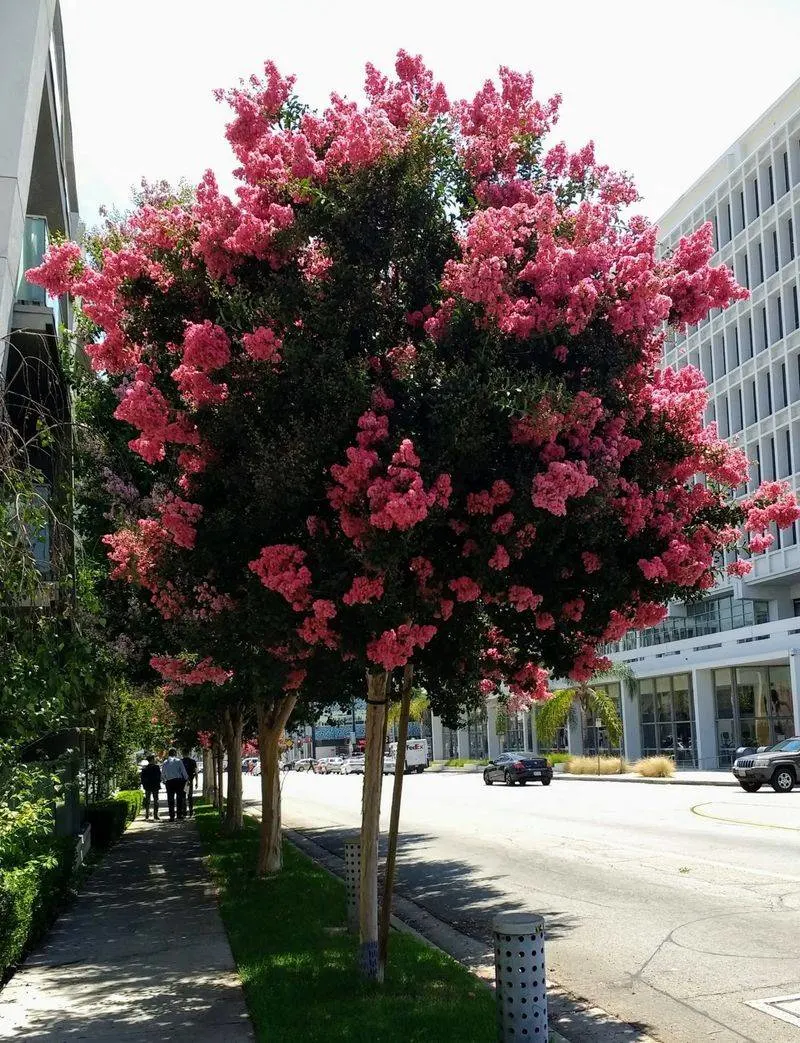
Crape Myrtles are renowned for their long-lasting flowers and colorful fall foliage. This ornamental tree provides moderate shade with its multi-stemmed form.
It’s drought-tolerant, making it a low-maintenance addition to Southern California gardens.
With blossoms ranging from pink to red, it adds vibrant color to any landscape. Did you know? Crape Myrtles are often used in urban landscaping for their beauty and resilience.
Chinese Elm
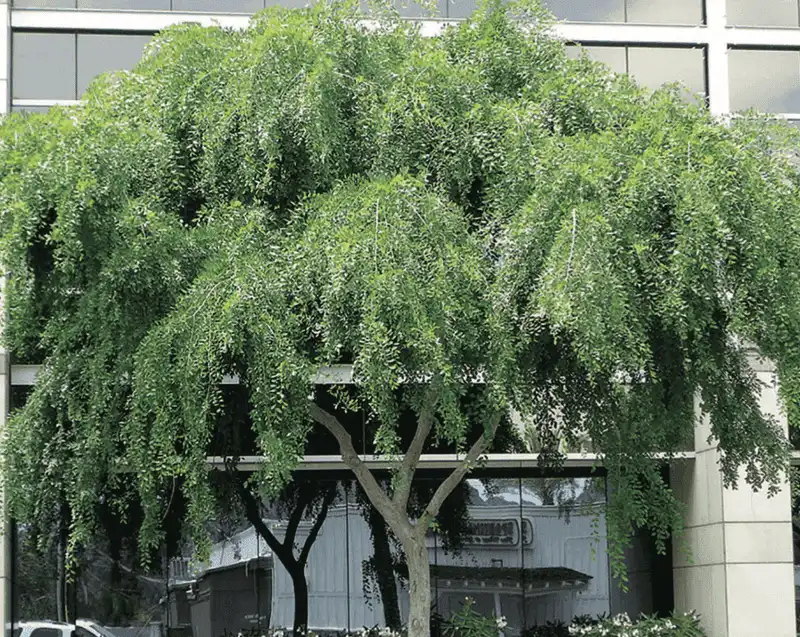
The Chinese Elm, with its graceful, arching branches and distinctive bark, is a favorite for providing ample shade in parks and large gardens.
This hardy tree withstands drought and urban pollution, making it ideal for city landscapes.
Its leaves turn a lovely yellow in the fall, adding seasonal interest. Quirk: The Chinese Elm is often used in bonsai due to its elegant form.
Jacaranda Tree
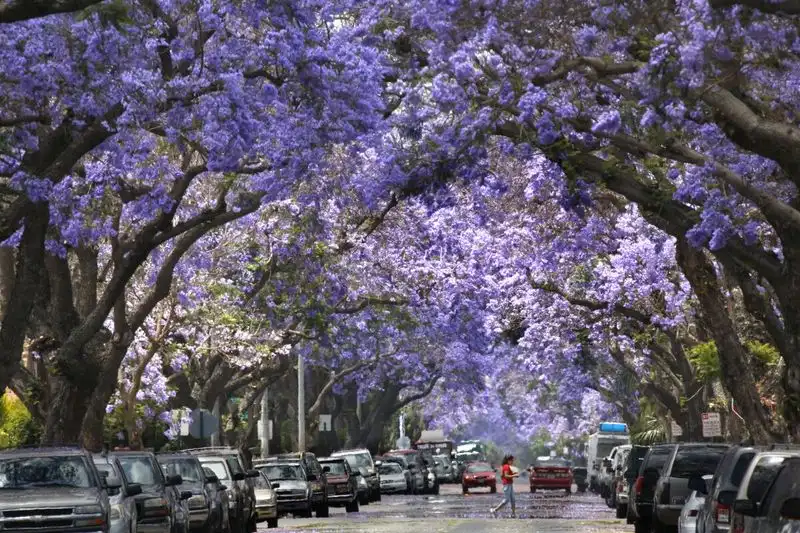
The Jacaranda is famous for its stunning display of purple flowers each spring, transforming streets into floral wonderlands.
While its shade is moderate, the visual impact is immense, making it a beloved choice for urban areas.
This tree thrives in Southern California’s climate, requiring little water once established. Fun folklore: In some cultures, Jacarandas are believed to bring good luck!
Eucalyptus Tree
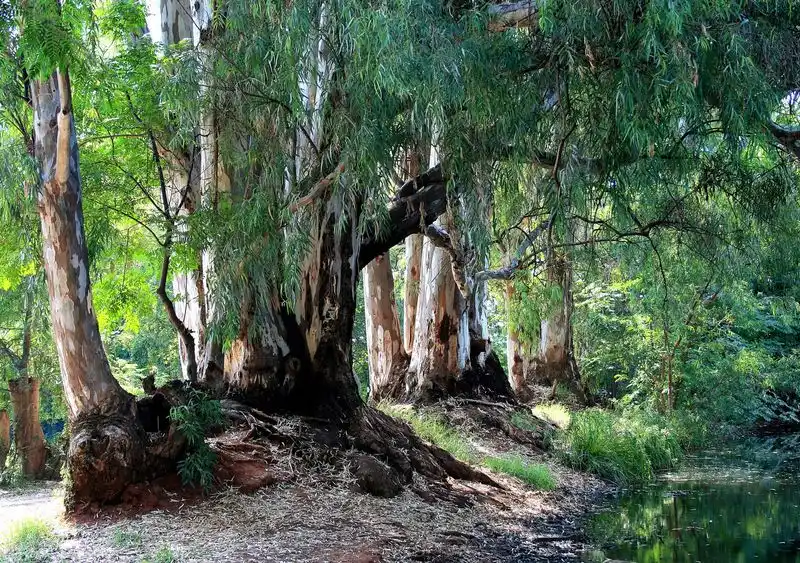
Eucalyptus trees are iconic for their smooth, peeling bark and aromatic leaves that sway gently with the breeze. These towering giants offer generous shade.
Their adaptability to drought conditions makes them popular in Southern California.
With over 700 species, they add diversity to urban and rural landscapes alike. Unique trait: Eucalyptus oil has been used for healing practices globally.
Cork Oak
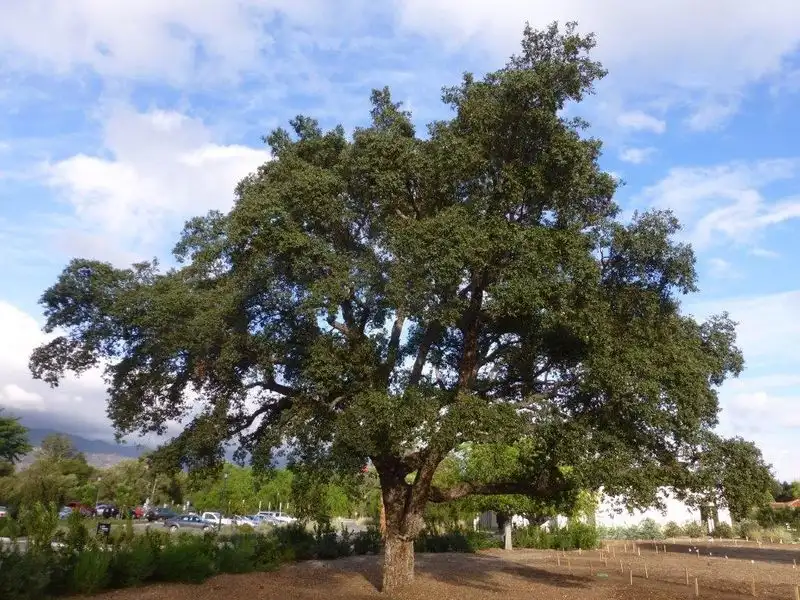
Cork Oaks are known for their thick, textured bark from which cork is harvested. Their evergreen leaves offer year-round shade, making them a resilient choice for gardens.
These trees are drought-tolerant, adapting well to the Mediterranean climate of Southern California.
They provide valuable habitat for wildlife. Interesting tidbit: Harvesting cork doesn’t harm the tree, allowing it to regenerate its bark.
Mesquite Tree
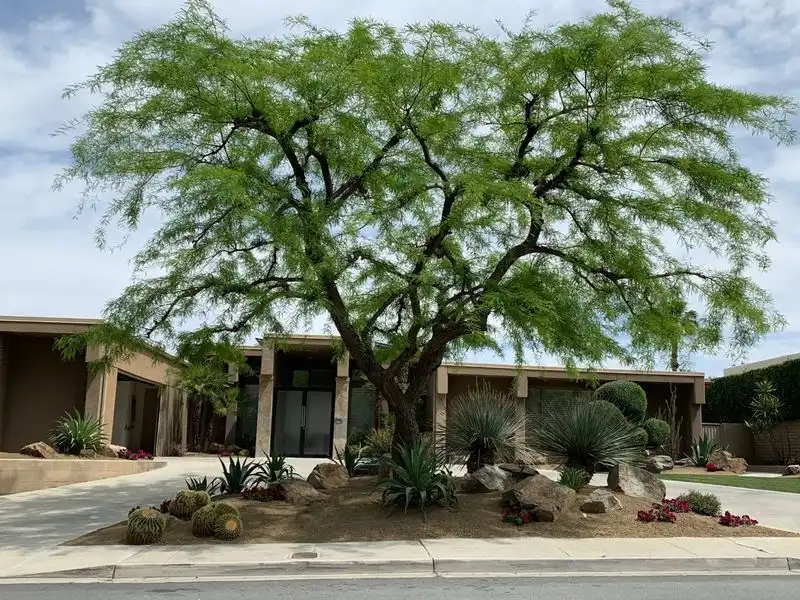
Mesquite Trees, with their twisted branches and feathery leaves, are quintessential to desert landscapes. Their wide canopy offers substantial shade.
Renowned for their drought tolerance, they thrive in the sandy soils of Southern California.
Mesquite wood is prized for barbecue due to its unique smoky flavor. Fun fact: Mesquite pods have been used by Indigenous peoples as a food source for centuries.
Bottle Tree
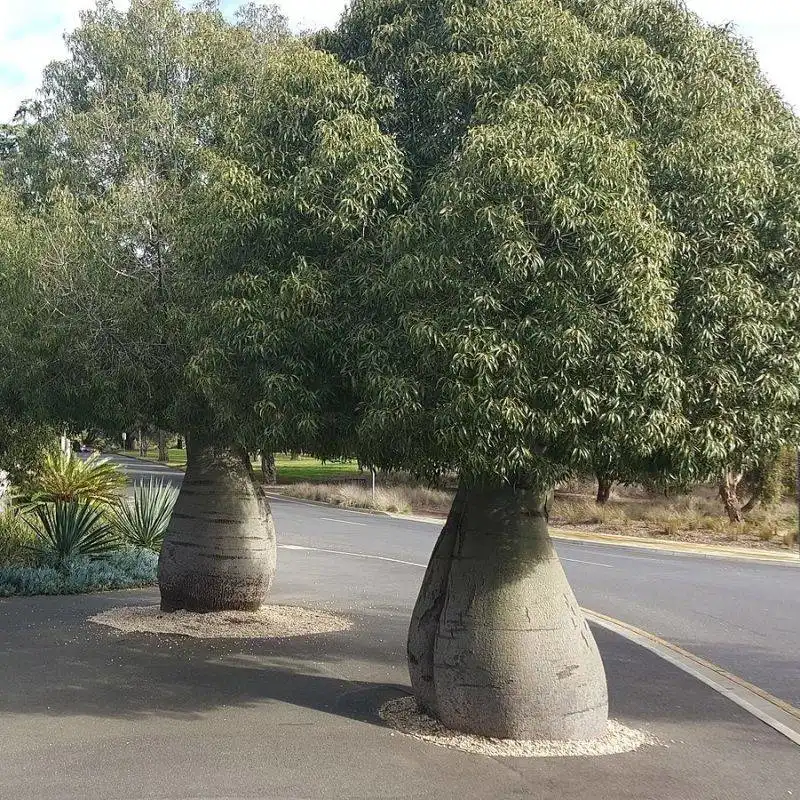
The Bottle Tree is named for its swollen trunk, which stores water—a clever adaptation for arid climates.
Its lush foliage offers moderate shade, making it a unique addition to any garden.
This tree’s drought resilience and minimal maintenance needs make it ideal for Southern California. Did you know? Its seeds are encased in woody pods, adding an interesting visual element.

